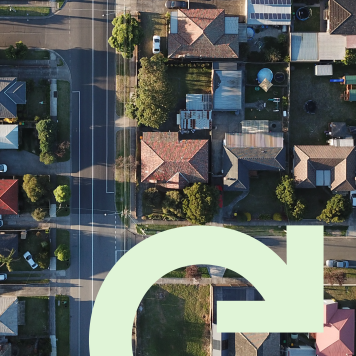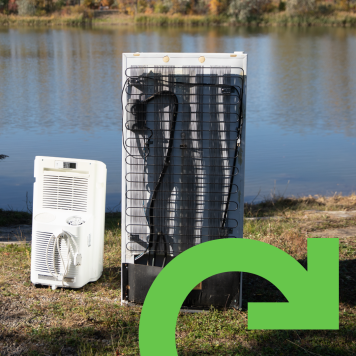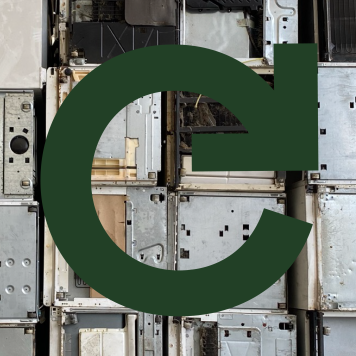It’s a well-known fact: greenhouse gases (GHGs) are largely responsible for climate change. But what are greenhouse gases, and what concrete impact do they have on climate change? What individual actions can we take to reduce greenhouse gas emissions at home?
We’ll try to shed light on this through an interview with expert Bernard Bordeleau, environmental consultant at GoRecycle.
What are greenhouse gases (GHGs)?
“Although they get bad press, greenhouse gases are essential to our survival and are a natural phenomenon. The problem is the increase in greenhouse gas emissions.” This increase will be discussed in this article.
Definition of greenhouse gases
According to the Ministère de l’environnement, de la Lutte contre les changements climatiques, de la Faune et des Parcs du Québec, greenhouse gases are “gases that occur naturally in the Earth’s atmosphere and trap heat near the planet’s surface.”
To better understand the greenhouse effect and its impact on climate change, we can use the analogy of a greenhouse used to grow fruits and vegetables. As the European Commission puts it, “Some gases in the Earth’s atmosphere act a bit like the glass in a greenhouse, trapping the sun’s heat and stopping it from leaking back into space and causing global warming.”
What is the main greenhouse gas?
The main greenhouse gas is CO2, or carbon dioxide. According to the European Commission, CO2 produced by human activity is the leading cause of climate change.
The other two main greenhouse gases (GHGs) are:
- CH4, methane
- N2O, nitrous oxide
What impact do GHGs have on global warming?
An increase in CO2 emissions in the atmosphere results in several changes. The following are a few examples:
- Global warming, characterized by an increase in the Earth’s temperature (see the impact of a 1.5˚C temperature rise by 2100, according to the United Nations’ Last Call for Climate Action report)
- Rise in sea level
- Negative impacts on biodiversity
- Ocean acidification
- Increased droughts
To understand the concrete impact of climate change on your city in terms of the number of hot and humid days, check out this tool from CBC/Radio-Canada, which has analyzed the latest climate projections for the humidex.




